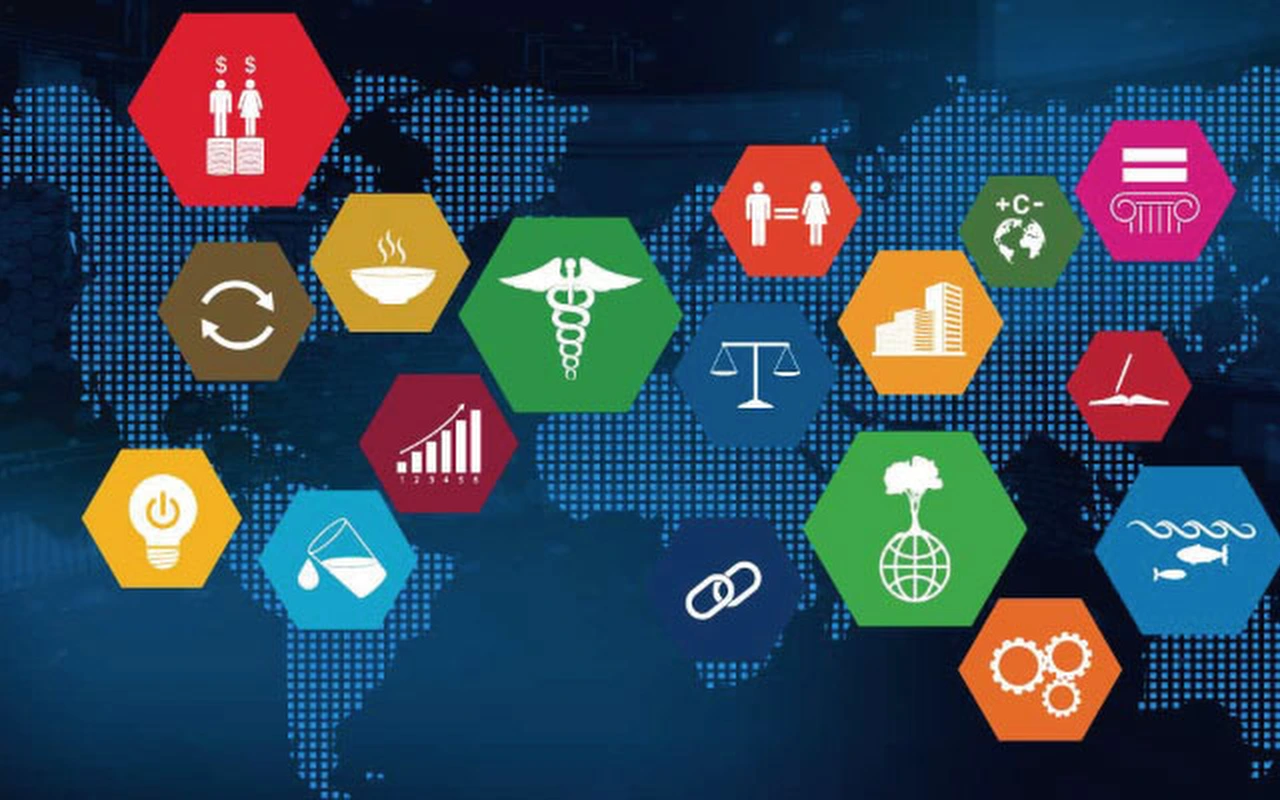AI & HPC Data Centers
Fault Tolerant Solutions
Integrated Memory
Learn how the SDGs relate to carbon neutrality and explore the challenges and initiatives in manufacturing. Discover real-world examples driving sustainable progress.

The SDGs set 17 goals that aim to solve problems around the world, such as the environment, discrimination, poverty, and human rights, by 2030. Among these, companies are expected to take measures to "make energy affordable and clean for all" and "take concrete measures against climate change." In particular, achieving carbon neutrality is an issue that many companies must address. In this article, we will provide an overview of the SDGs and their relationship to carbon neutrality, as well as the challenges faced by many companies, particularly those in the manufacturing industry, and the efforts being made to achieve them, with examples included.
The SDGs were adopted at the United Nations Summit in 2015 and refer to the goals set out in the 2030 Agenda for Sustainable Development. There are 17 goals in four categories: society, economy, environment, and framework, and efforts are being made to achieve each of them. Specifically, they are as follows:
1. No Poverty
2. Zero Hunger
3. Health and Well-Being
4. Quality Education
5. Gender Equality
6. Clean Water and Sanitation
7. Affordable and clean energy
8. Decent work and economic growth
9. Build infrastructure for industry and innovation
10. Eliminate inequalities between people and countries
11. Create sustainable cities and towns
12. Responsible consumption and production
13. Take concrete measures against climate change
14. Protect the abundance of the ocean
15. Protect the abundance of the land
16. Peace, justice and strong institutions
17. Partnerships for the goals
Carbon neutrality refers to reducing greenhouse gas emissions to zero overall. Specifically, it is not about reducing greenhouse gas emissions to zero, but rather absorbing the same amount of greenhouse gases as those emitted, bringing the impact on the total amount on the earth to zero.
Various efforts are being made in each country, and in 2020, then Prime Minister Yoshihide Suga declared that Japan would reduce greenhouse gas emissions by 46% by 2030 compared to 2013, and achieve carbon neutrality by 2050. Carbon neutrality in the SDGs is related to the seventh goal, "Affordable and clean energy for all," and the thirteenth goal, "Take concrete measures to combat climate change." Expanding the use of renewable energy that does not rely on petroleum-based resources, such as solar, wind, hydroelectric, and biomass. And achieving carbon neutrality by reducing greenhouse gas emissions will lead to the achievement of the SDGs.
To achieve carbon neutrality, active efforts from the manufacturing industry are essential. This is because the manufacturing industry emits large amounts of carbon dioxide (CO2), the greenhouse gas with the highest emissions. Looking at CO2 emissions by sector, the "2021 Greenhouse Gas Emissions and Absorptions" published by the Ministry of the Environment and the National Institute for Environmental Studies shows that the industrial sector (manufacturing) accounts for 35.1%, or more than one-third of the total.
In other words, it can be said that it will be difficult to achieve carbon neutrality unless the manufacturing industry reduces its CO2 emissions.
Reference material: 2021 Greenhouse Gas Emissions and Absorptions | Ministry of the Environment and National Institute for Environmental Studies
For more information about carbon neutrality in the manufacturing industry, please see this article.
What should the manufacturing industry do to achieve carbon neutrality? Introducing measures and examples | Stratus Blog
What kind of efforts are actually needed to achieve carbon neutrality? Here we will introduce some specific efforts.
Achieving carbon neutrality is essential to achieving the SDGs, but it is no easy task.
In fact, the government plans to reduce greenhouse gas emissions to 46% below 2013 levels by 2030, but as of 2021, it is at -16.9%. Although it was declared in 2020, it has only been reduced by about 17% in the eight years since 2013, which is an average of about 2.1% per year. At this pace, it will only be possible to reduce emissions by 18.9% in the nine years until 2030, and even if we add the 16.9% in 2021, it will only be 35.8%. Since this is more than 10% short of the target, more proactive efforts are required than ever before.
Reference material: 4-01 Trends in greenhouse gas emissions in Japan (1990-2021) | National Center for the Promotion of Activities to Prevent Global Warming
We have already mentioned that the efforts of the manufacturing industry are essential to achieving carbon neutrality. However, the following challenges remain for any company, not just the manufacturing industry, to achieve carbon emission reductions.
We will introduce some examples of companies that have actually begun working towards carbon neutrality.
To achieve the SDGs, not only countries but also individuals and companies need to understand the importance and work on it. In this context, companies are being asked to achieve carbon neutrality by promoting the use of renewable energy and carbon recycling.
However, achieving carbon neutrality requires high costs, such as improving various facilities and introducing energy-saving measures. The standards for greenhouse gas emissions are also strict and cannot be achieved easily. Therefore, it is important to raise awareness even more and work on it as a company in the future. It can be said that what is being asked of many companies, especially those in the manufacturing industry, is to understand the outline of carbon neutrality and carefully consider what they can do as a company.


At Penguin, our team designs, builds, deploys, and manages high-performance, high-availability HPC & AI enterprise solutions, empowering customers to achieve their breakthrough innovations.
Reach out today and let's discuss your infrastructure solution project needs.